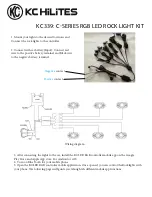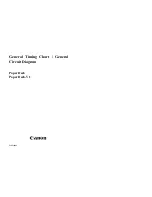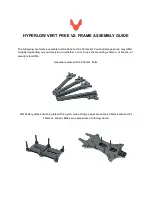
Model HFP01 Soil Heat Flux Plate
8
(
)
C
C
C
C
C
s
b
d
m w
b d
v w w
=
+
=
+
ρ
θ
ρ
θ ρ
(1)
θ
ρ
ρ
θ
m
w
b
v
=
(2)
where C
S
is the heat capacity of moist soil,
ρ
b
is bulk density,
ρ
w
is the density
of water, C
d
is the heat capacity of a dry mineral soil,
θ
m
is soil water content
on a mass basis,
θ
v
is soil water content on a volume basis, and C
w
is the heat
capacity of water.
This calculation requires site specific inputs for bulk density, mass basis soil
water content or volume basis soil water content, and the specific heat of the
dry soil. Bulk density and mass basis soil water content can be found by
sampling (Klute, 1986). The volumetric soil water content is measured by the
water content reflectometer. A value of 840 J kg
-1
K
-1
for the heat capacity of
dry soil is a reasonable value for most mineral soils (Hanks and Ashcroft,
1980).
The storage term is then given by Eq. (3) and the soil heat flux at the surface is
given by Eq. (4).
S
T C d
t
s s
=
∆
(3)
G
G
S
sfc
cm
=
+
8
(4)
8. Maintenance
All factory repairs and calibrations require a returned material
authorization (RMA) and completion of the “Declaration of
Hazardous Material and Decontamination” form. Refer to the
page at the beginning of this manual for more
information.
The HFP01 requires minimal maintenance. Check the sensor cable monthly for
rodent damage. Recalibrate the HFP01 for every two years of continuous use.
9. References
Hanks, R. J., and G. L. Ashcroft, 1980:
Applied Soil Physics: Soil Water and
Temperature Application.
Springer-Verlag, 159 pp.
Klute, A., 1986:
Method of Soil Analysis.
No. 9, Part 1, Sections 13 and 21,
American Society of Agronomy, Inc., Soil Science Society of America,
Inc.
NOTE





































